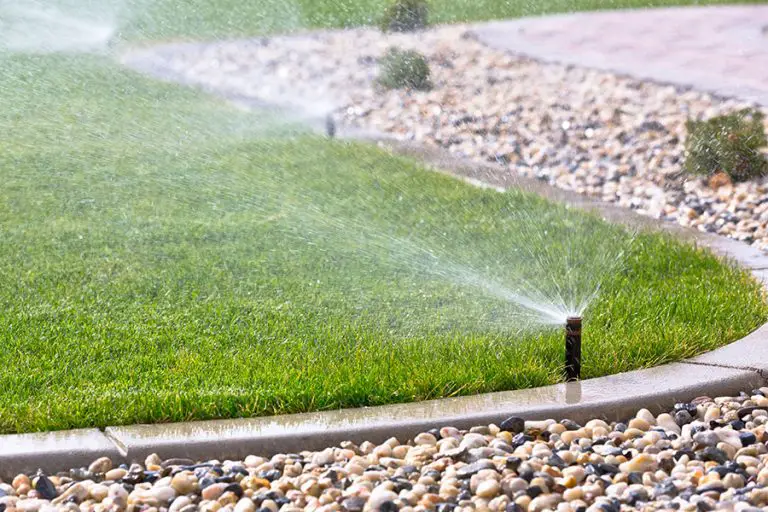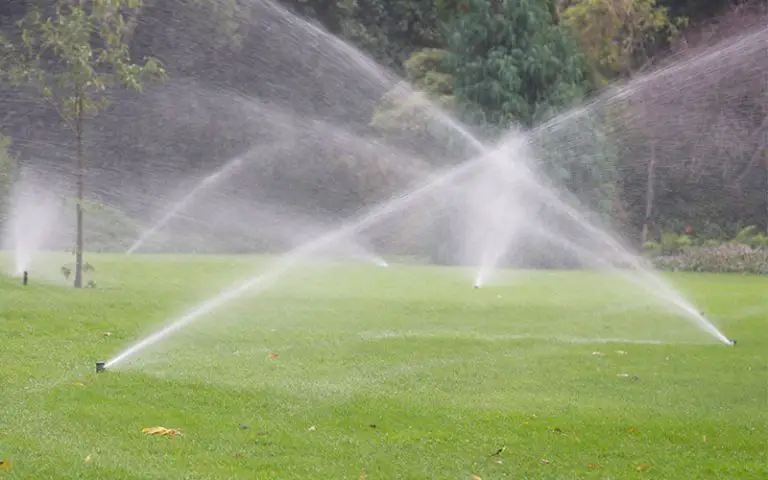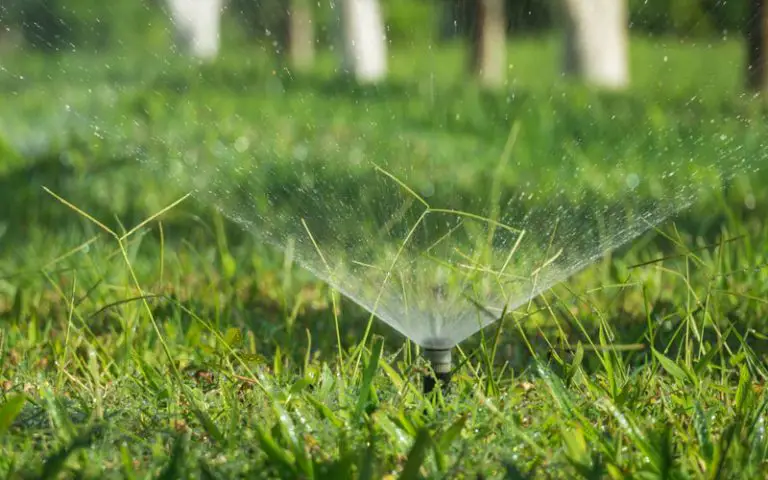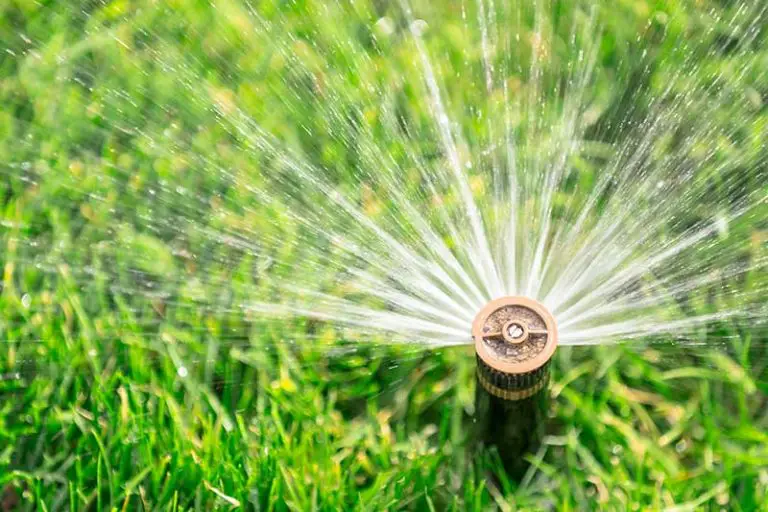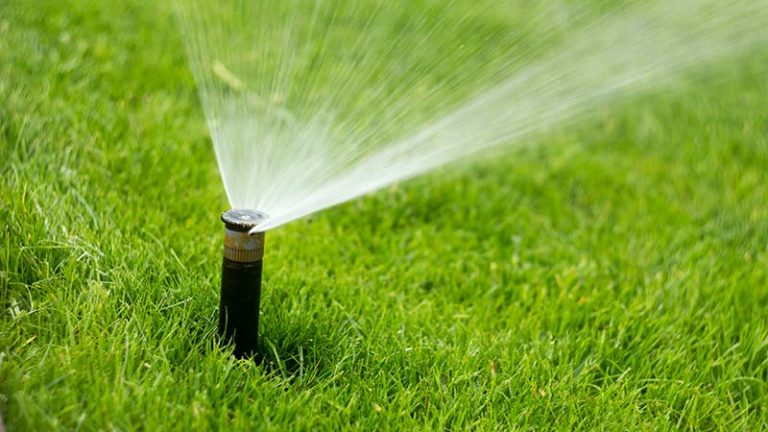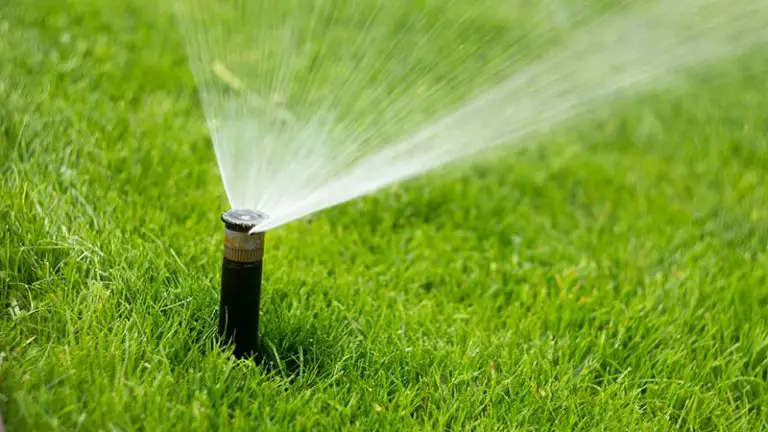Types of Sprinkler Heads and Spray Patterns
When it comes to watering your garden, oftentimes an irrigation system is best utilized. Irrigation systems help keep your garden watered on a timely basis and require very little effort to run and maintain. Time spent watering your garden can be saved, and you are free to enjoy that added time however you feel.
One way to ensure that your garden is watered correctly and lavishly with an irrigation system is making sure that the spray that the sprinkler produces is appropriate.
Just as there are many different types of sprinklers, there are also different types of spray patterns. Certain spray patterns work best on certain shaped lawns, and can affect how much water your lawn receives.
Why Use a Sprinkler System?
Lawn sprinkler systems are designed to keep lawns fresh and healthy through dry spells and periods of drought. They’re often used in warmer climates to maintain lawns of various sizes, and help reduce the amount of time and water needed to water a lawn.
Sprinkler systems can be installed in any yard, regardless of size, and can ease the task of watering grass by having either an automatic watering process, or be activated with a simple flick of a switch. Sprinkler systems range in price, and more sophisticated kits can cost a lot more than simpler installations.
Sprinkler systems range in complexity. For instance, there are both underground, automatic systems, and above-ground systems that can be installed using only a garden hose and a sprinkler attachment.
Types of Sprinkler Heads
There are a few types of sprinkler head attachments for irrigation systems. These attachments are as follows:
- Spray irrigation heads
- Spray rotary heads
- Bubble irrigation heads
- Drip irrigation heads
Each of these sprinkler head types have their own benefits and uses. Spray irrigation heads operate by having a stream of water spray in one direction from the sprinkler head. This is often used to water one area of the garden, and often used in multiples to ensure an even spray of water is distributed throughout the garden.
Spray rotary heads rotate as they produce water, covering more space in a 360 degree turnaround. It’s common for less of these types of sprinkler heads to be installed in an area as they cover much larger areas than standard spray irrigation heads.
Bubble irrigation heads work for much smaller areas and are often installed in flower beds and vegetation. Water falls down them, creating an effect that is similar to a bubble, which waters the immediate area around the sprinkler head.
Drip irrigation is used for smaller areas, much like bubble irrigation, but it covers more space due to its installation. Drip irrigation systems are installed above flower beds or vegetable patches, and drip water down onto them. Drip irrigation methods are similar to soaker hoses in the way they operate, but are used from a height.
What Type of Sprinkler Head Should I Use?
Due to the variety of sprinkler heads available to purchase, it might leave you spoilt for choice. Your sprinkler head should be chosen based on your own gardening needs and what you would like to achieve in your garden. There are pros and cons to each sprinkler head, which can help you decide which one is more suited to your lawn’s needs.
Spray Irrigation Heads
Rotary Sprinkler Heads
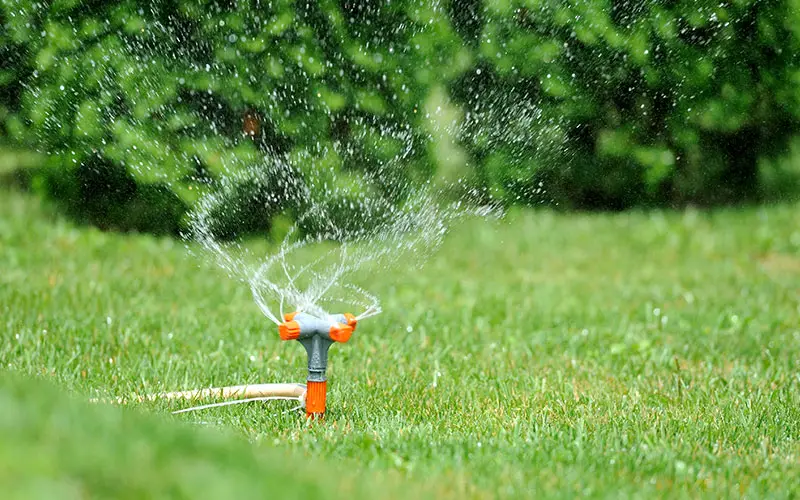
Bubble Sprinkler Heads
Drip Irrigation Heads
The type of sprinkler head type you choose should reflect your lawn’s needs and wants. For instance, rotary sprinkler heads are much more ideal for round or oddly shaped lawns due to the coverage that they provide, whereas spray irrigation heads are best suited for rectangular or square lawns, as they can line the grassy area and spray inwards, creating an even watering.
You can even mix and match different types of sprinkler heads if your garden requires. When designing a lawn sprinkler system, take into account the different shapes and sizes of your garden’s features and adjust the sprinkler heads accordingly.
How Much Water Does My Lawn Need?
As your lawn is a living being, it will need water to sustain itself. Households that install sprinkler systems are often those that experience drought or particularly dry spells which could impact the health of their lawns if not cared for and nourished correctly.
Depending on the type of grass you have, most lawns need approximately 1-1.5” of water each week to sustain themselves and remain healthy and green. This can equate to one or two watering sessions a week, in order to meet your grasses’ demands.
This can change depending on the sprinkler system that you use, and the type of weather you are experiencing.
Some more advanced sprinkler systems are able to determine when to automatically water the lawn based on input from a weather app. This is often a feature included in the more expensive and modern sprinkler installations, and isn’t available to everyone.
If your system does not have this feature, you can manually use your sprinklers to water when you feel like your grass needs some added TLC. This can be done using your own judgment, or by using a water timer which can also easily be installed.
Why Should I Water My lawn?
Keeping your lawn watered has many benefits, including superficial ones. As your lawn is a living organism, it needs water to sustain itself and thrive. A lawn that has been denied water can become easily damaged, discolored and thin. Whilst these are all cosmetic changes, they are a reflection of the additional negative side effects that take effect once a lawn is dehydrated.
Roots help greatly in defending a lawn from diseases and fungi. They are often the first thing to recede when a lawn is in need of water, meaning that its defense weakens against potential disease and afflictions. Unwatered lawn can also become brittle and easy to snap. It can also hurt to walk on barefoot, due to the stiffness of the grass. Dehydrated lawns may also thin out, leading to even more susceptibility to lawn disease, and it may be harder for the grass to bounce back after recovering from a disease.
If your lawn is looking thin, you can overseed it to replenish some of its thickness. Overseeding is best done during times where light rainfall is likely to occur to ensure that the seeds germinate.
Sprinkler Spray Patterns
Sprinkler spray patterns can help you determine which head attachment is best suited for your lawn. Spray patterns illustrate the breadth and shape of your sprinkler’s spray, and they are vital when it comes to considering which head attachment is best for you.
Water can be easily manipulated to be expelled from sprinklers in plenty of different ways. There are, however, several standard shapes to consider which may work best for certain garden shapes.
Square
One of the most common sprinkler spray patterns is that of the square or rectangle. These patterns are uniform, even and a whole variety of different types of sprinklers can accommodate them. As this is a regular shape, plenty of lawns will benefit from a square or rectangular spray pattern.
Oscillating sprinklers are often the best choice for those with a square or rectangular shaped lawn.
End-Strip
An end-strip pattern is much more irregular than a square or rectangle, as it tapers towards one end. In order to achieve this shape, some people use rotary sprinkler heads alongside stationary ones to accommodate for the tapered end. Some types of sprinkler heads are able to modify their spray in order to accommodate these lawn shapes.
Center-Strip
Center strips are similar to end-strips, although the middle is tapered. This leaves the shape with an hourglass look. Whilst quite uncommon, some sprinklers do use this type of spray, and it works best paired with other type of stationary sprinklers.
Side-Strip
Side-strip sprinkler heads will spray in a rectangular pattern, but are often located to the side of the lawn. This means that they rotate in a way that covers a rectangular area, without needing to be placed in the center of it.
The spray pattern you choose for your sprinkler should cover the area which needs watering as efficiently and evenly as possible. For irregular lawns, several sprinklers with different spray patterns may need to be utilized in order to water the full length of the lawn.
Final Thoughts
Many different aspects need to be considered when investing in a sprinkler system. Whilst spray patterns and sprinkler heads may not be the first thing that you want to think about, they can affect the efficiency of your irrigation system drastically.

